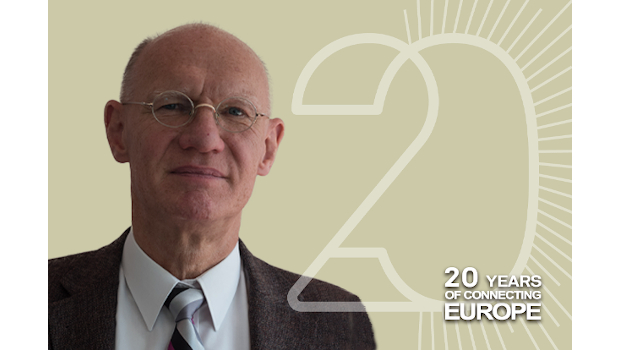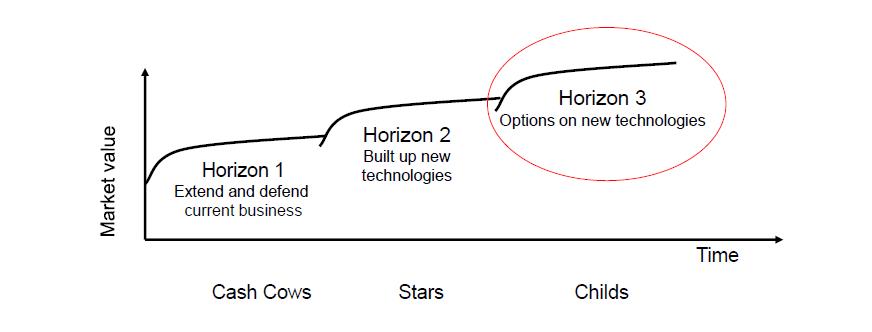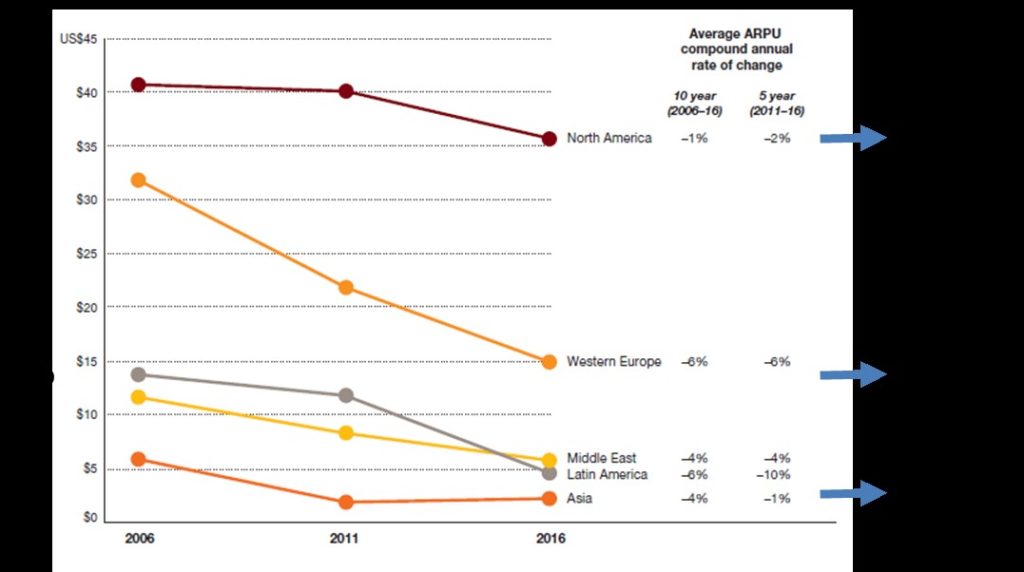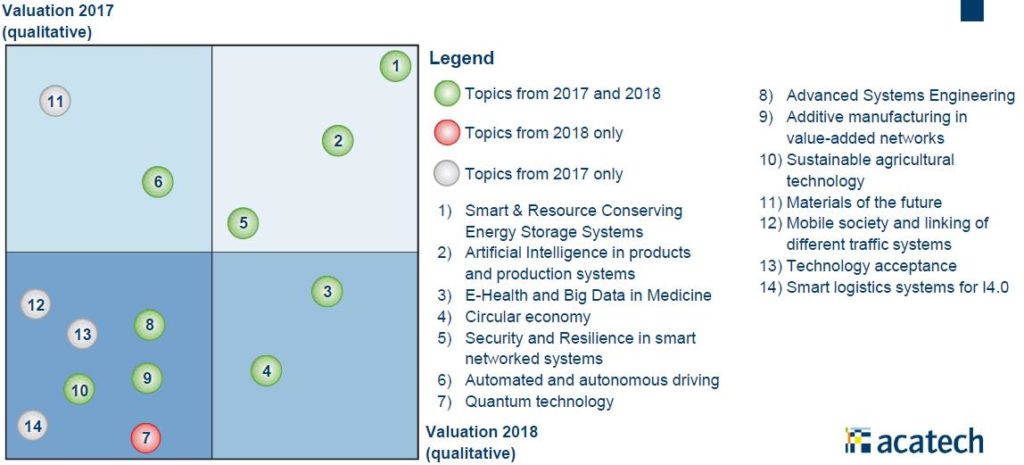
How to look at basic research in a fast growing company
In association with Huawei Technologies
Huawei and the technology strategy
When Huawei started as a small company in 1987 the technology position was not as important as of today. Initially the products needed to be competitive in a sense that the technological properties had to be on the level of other products from competitors. To achieve this the best technology strategy is according to the so called fast follower strategy. This strategy is oriented at the number one and two in the market and an assessment of the properties of the related products.
The clue in this fast follower strategy is that you are able to come up with a competitive solution soon after the number one or two has entered the market. If you are too slow the market opportunity window will have passed. Yet on the other hand you can concentrate from an R&D point of view on applied research and product development, there is no need to invest in basic or even fundamental research. To concentrate on more fundamental research as needed for Horizon 3 (see Fig. 1) and its investment is mainly done by the number one and two in the market.

Directions for research
Derived from our core businesses consumer, communication networks and IT, we have to ask ourselves which technologies will play a core role in the next five-to-15 years. The shorter term research we should do ourselves whereas the mid-term research should be done in cooperation with partners and the longer term research should be outsourced to our partners.
Looking also for potential disruptive technologies at the horizon we can group together three fundamental questions:
2.1 What needs to be investigated for a future communication system?

Source: PwC Telecommunications Trends Report
Telecom operators are facing since years the challenge of falling revenue per user while the investments for new networks are increasing. One direction in research is to reduce significantly the operating costs of the networks by using Artificial Intelligence technologies. Another approach is to reduce the power consumption in order to reduce the electricity bills.
2.2 What to investigate considering that Moore’s law is going into saturation and the classic von-Neumann architecture does not fit anymore for many use cases, especially in AI?

For traditional CPUs the clock frequency and power density are going up over time, but our brain enables us with 1011 neurons to have a comparable computing power of 100GFLOPS with only 20W power consumption. So there is obviously room for improvement.
2.3 What to investigate for a potential ‘post smart phone era’?
Fig. 4 shows a scenario where the handheld phone is mainly replaced by smart glasses which keep the hands free and enable virtual reality applications. Hearables serve as the interface to services and can also translate spoken languages. For people who still prefer handhelds they use flexible and foldable devices which are very comfortable to use and mini-drones can take the selfies of the owner from the air.

This relatively simple scenario needs a lot of new and very advanced technologies in the field of materials, optics, displays, batteries and sensors to name only a few.
Yet underlying is a horizontal technology which will be a key enabler in consumer, in future communication networks and in cloud operation but has also direct links to ‘reboot computing’, namely artificial intelligence. It may revolutionise the usage and the services of consumer devices, may reduce the OPEX of network and cloud operations but may also deliver answers on some basic questions about 6G, eg AI for estimating the radio link, to construct new encoders or improve localisation. Hence we need to look at AI as a true key enabling technology which needs greatest attention.
Conclusions
Assuming that we will need excellent research partners in order to master this key enabling technology it can be seen from Fig. 5 that over the last 20 years Europe has by far more publications on AI than any other region in the world. One of the reasons is that Europe has started very early with AI research (more than 40 years), the other that Europe is taking a holistic approach involving also non-technical SSH sciences. So Europe is a unique source of AI top researchers to cooperate with and to participate in this excellent research eco-system.

In a more general view the analysis of the top technology trends by acatech in Germany (Fig. 6 depicts the trend changes between 2018 and 2017) shows which directions the European top researchers foresee. Many of them like ‘AI in products and production systems’, ‘E-health and big data in Medicine’, ‘Security and Resilience in smart networked systems’, ‘Quantum technology’ and ‘Automated and autonomous driving’ are related to IT and communication technologies.

Source: acatech – German Academy of Technical Sciences
Looking further into the future, Fig. 7 gives the 10 Trends in shaping the digital age from a European perspective. In line with the above outlined thinking is eg the move from incremental to disruptive innovation, hence longer term research, from the importance of patents to the importance of data, or the trend from standardisation to customisation (not meaning communication standards) and the move from start-ups to scaling up new companies.

Source: European Political Strategy Centre
Last not least the European Commission is currently setting up the new frame-work program called Horizon Europe with approximately €80 billion funding and starting in 2021. As Huawei we are ideally positioned with our technology research to be a main contributor supporting as a good ‘European citizen’ especially the digital agenda and the green deal.
Dr Walter Weigel, director of technology planning & cooperation department of the European Research Institute, Huawei Technologies







Subscribers 0
Fans 0
Followers 0
Followers